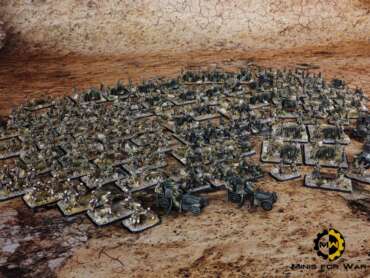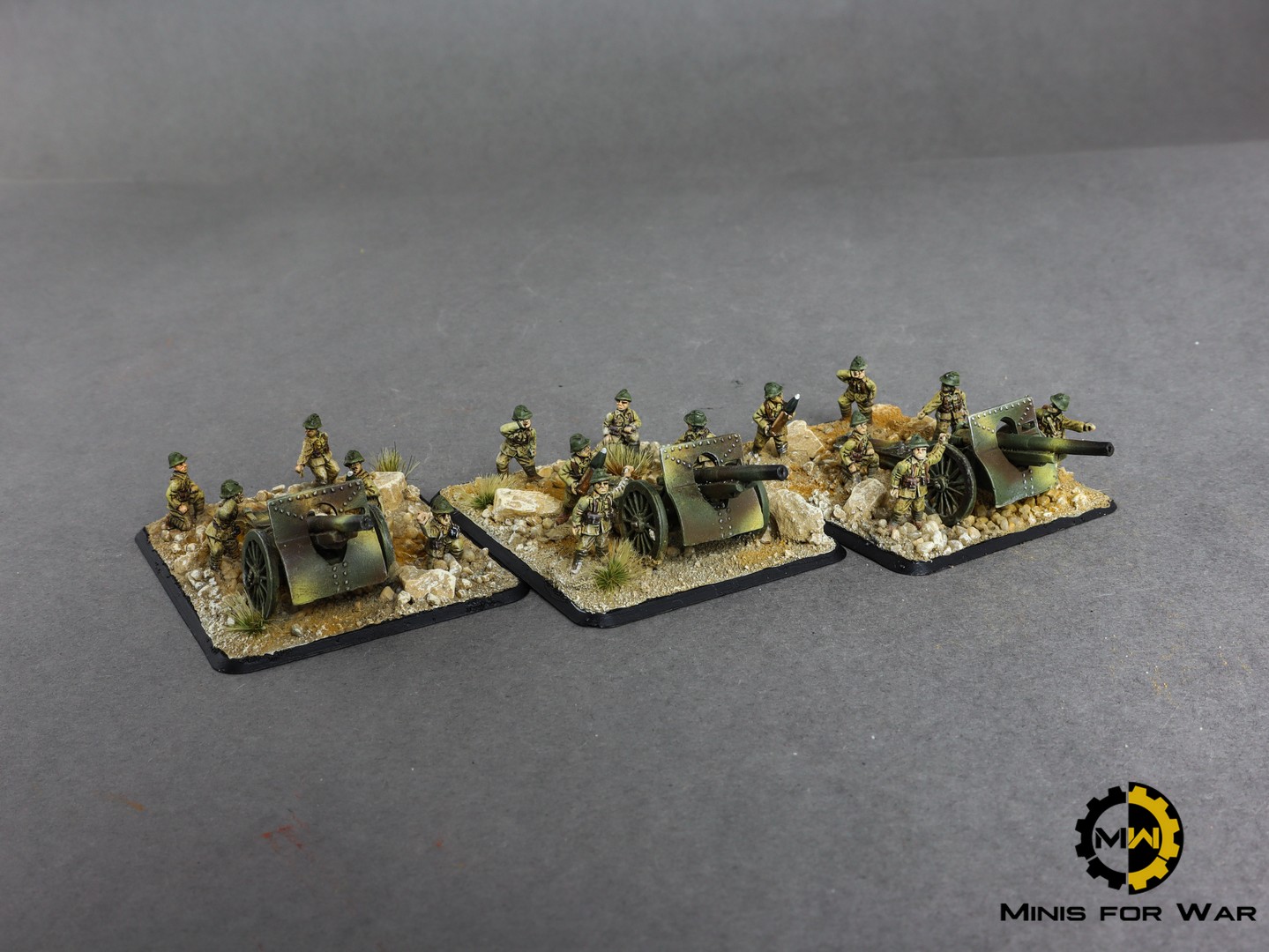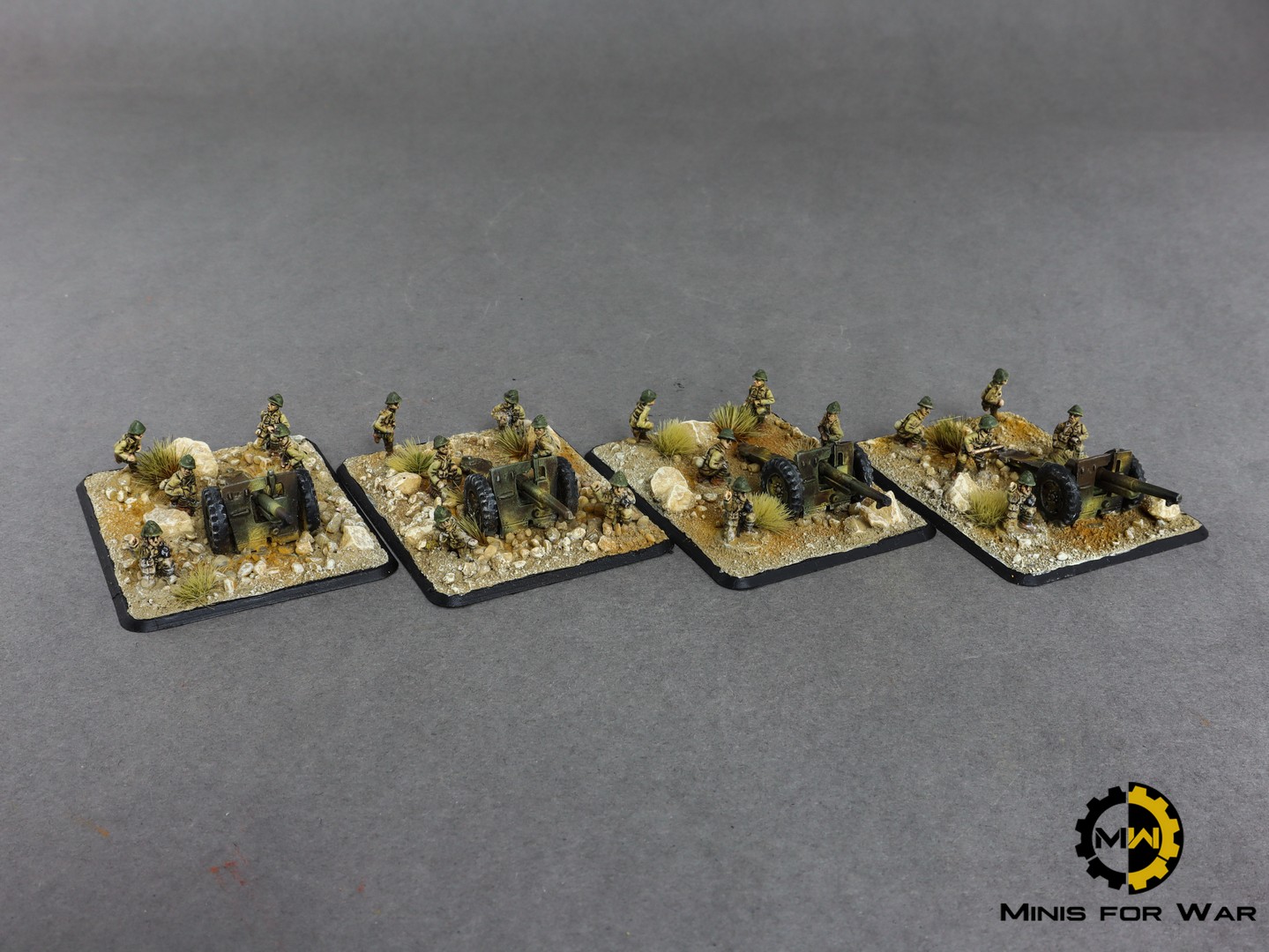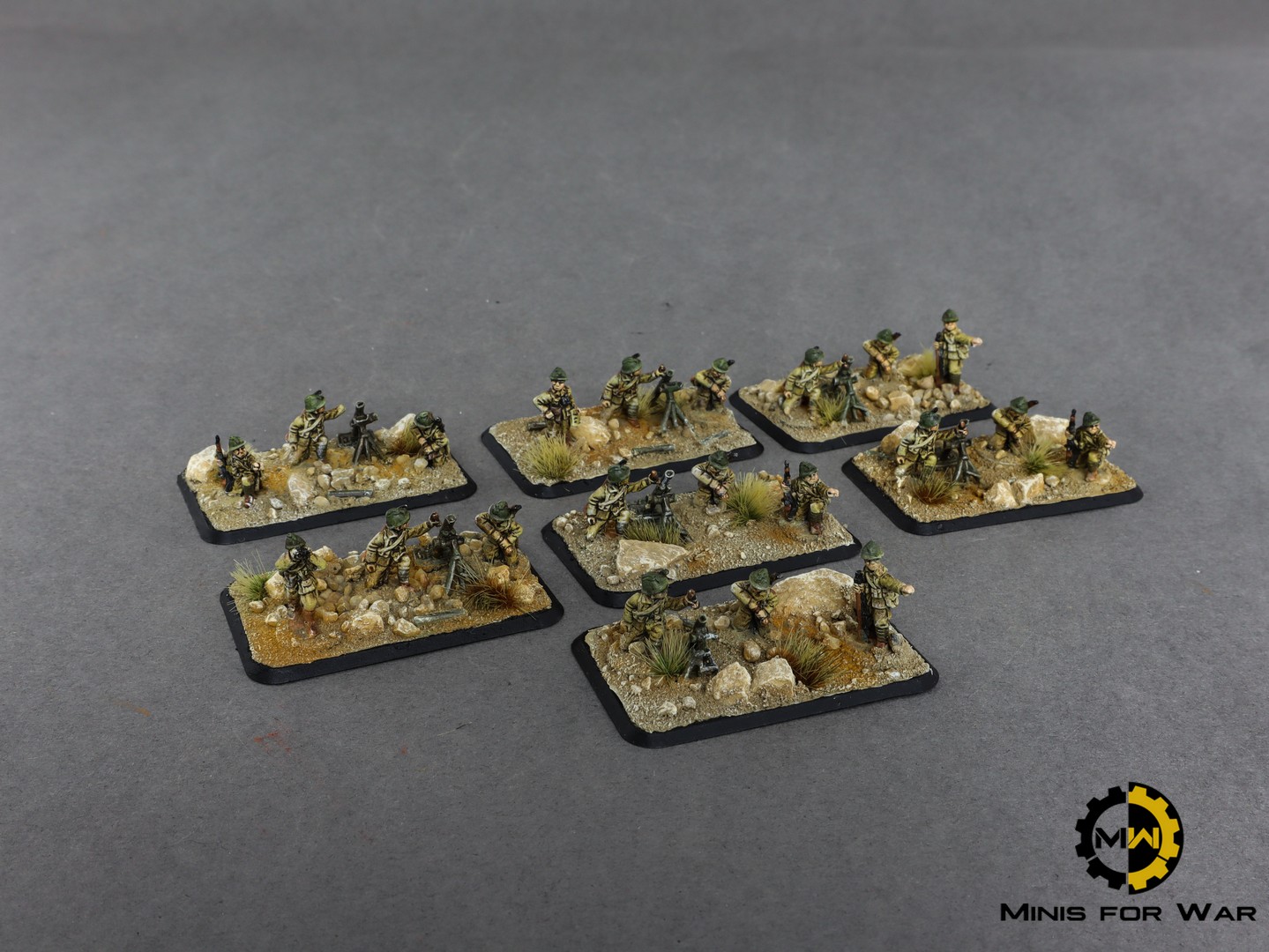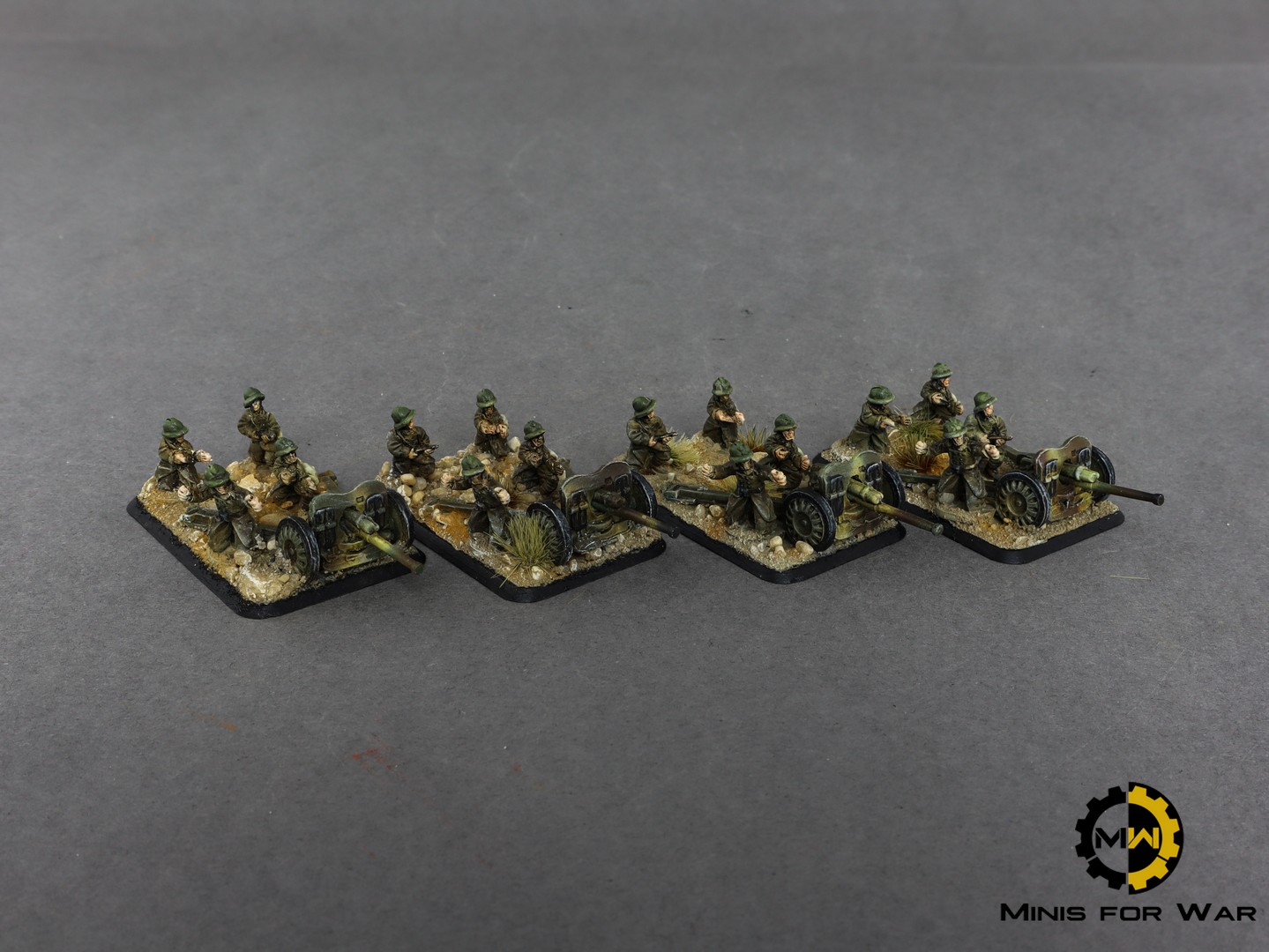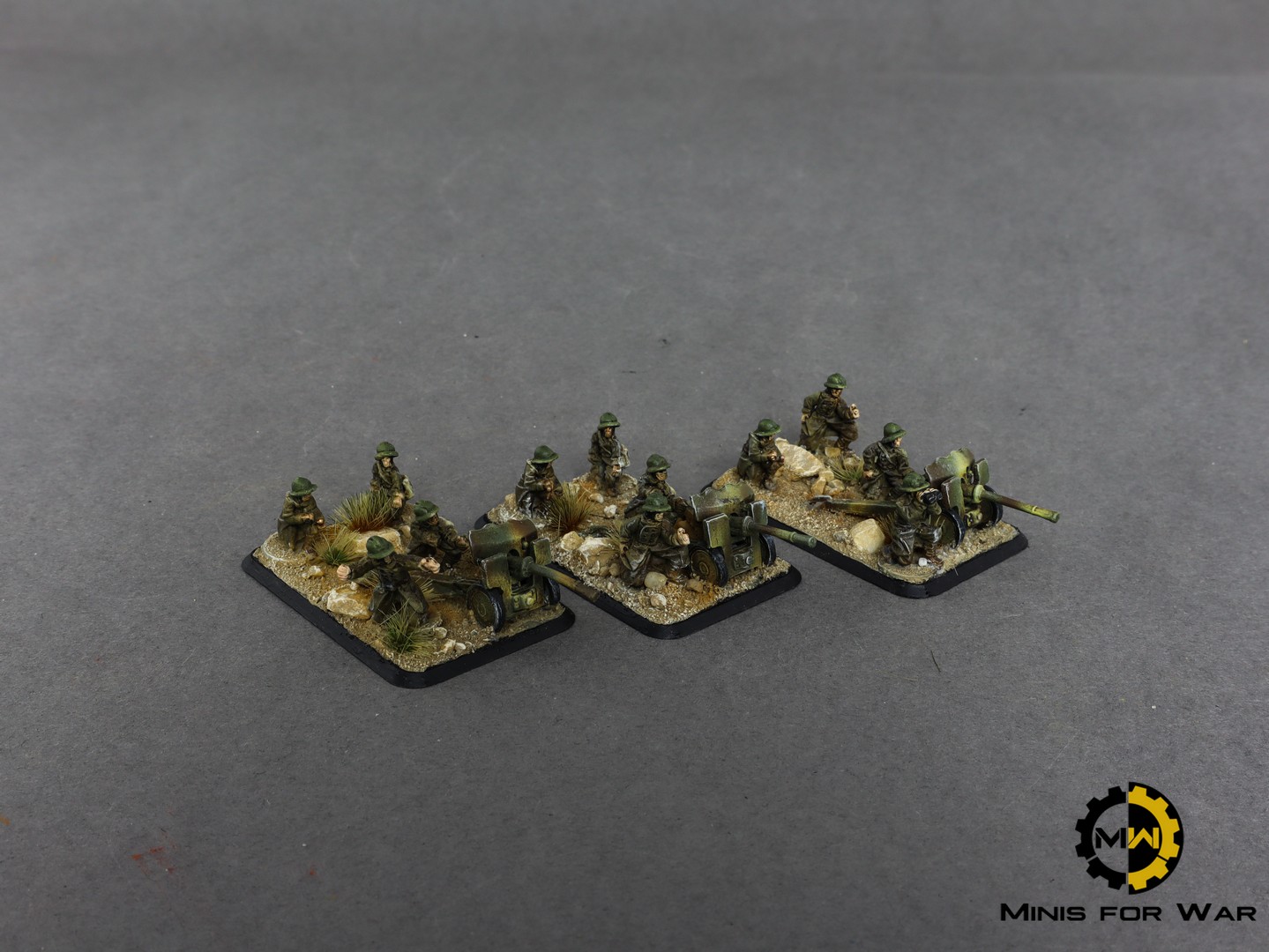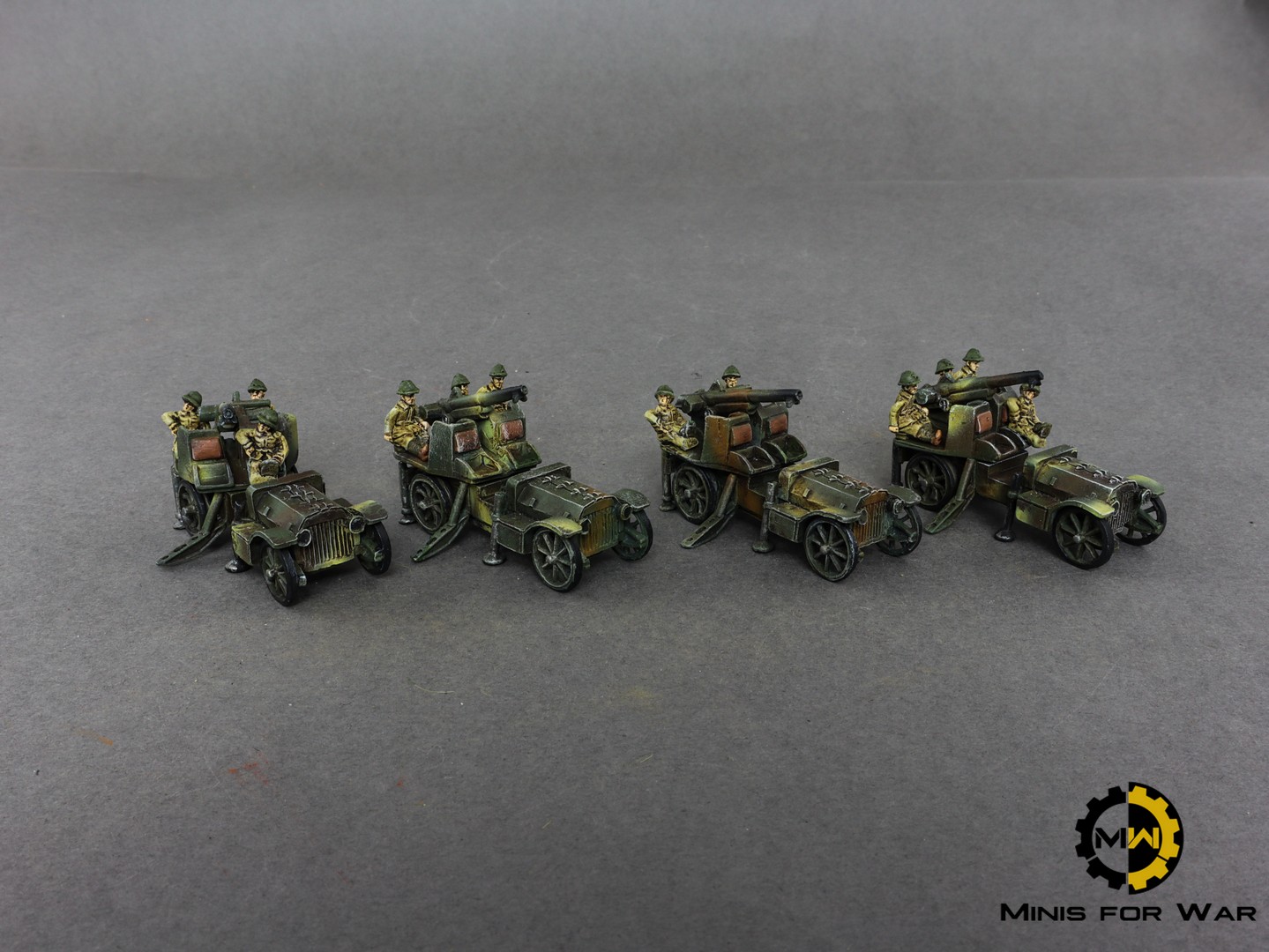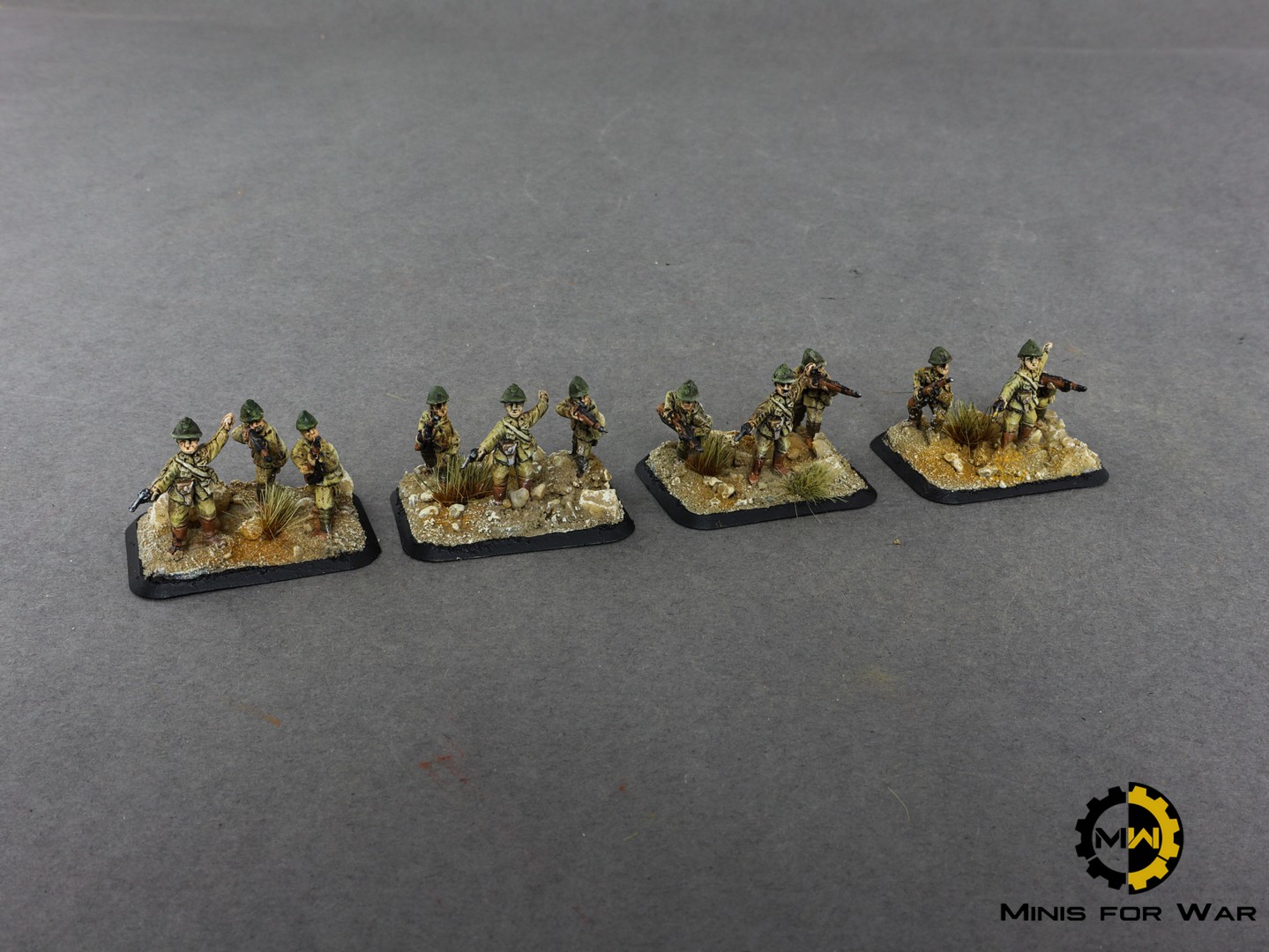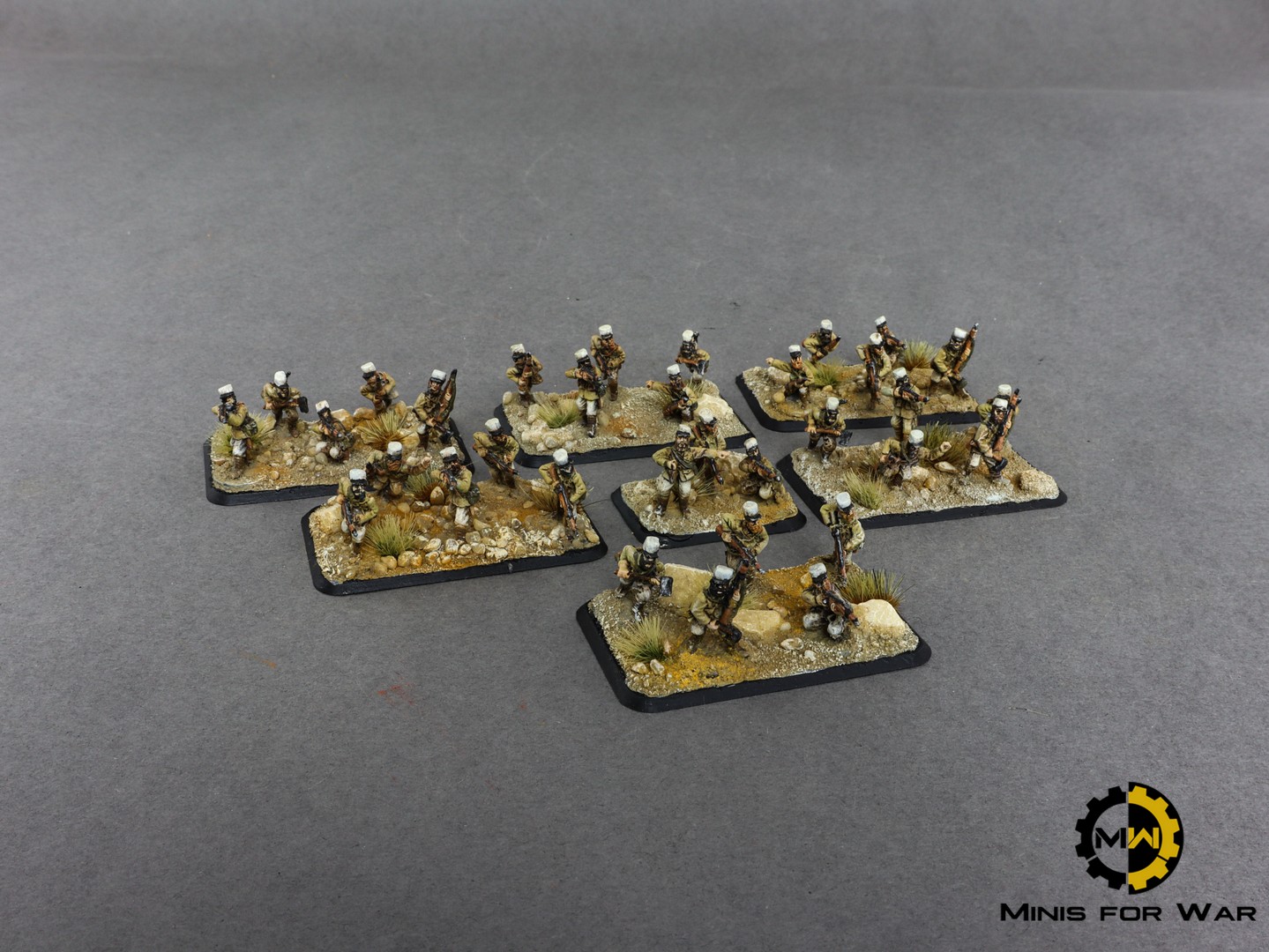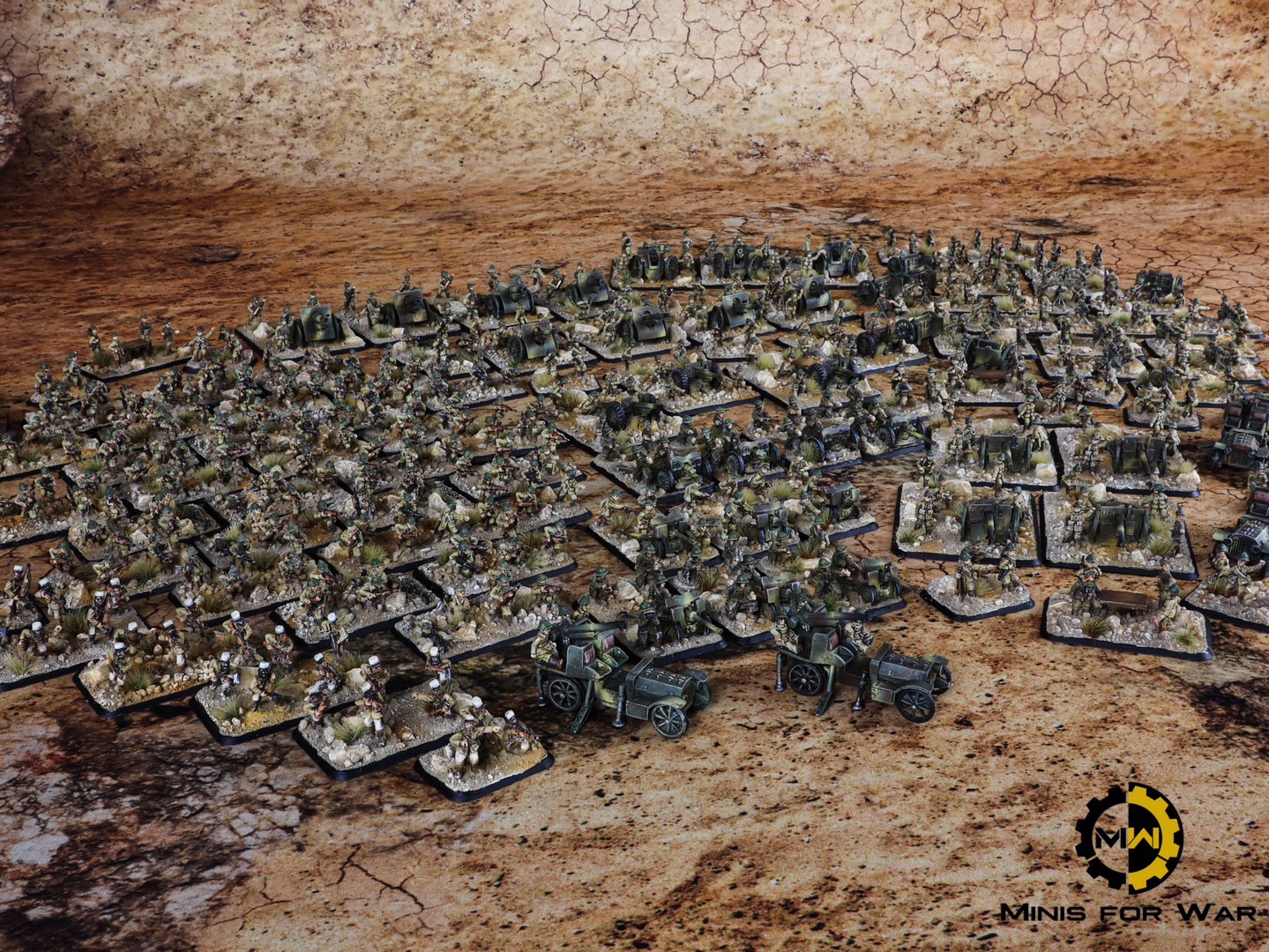
The French Army in Flames of War: Speed, Mobility, and Tactical Flexibility
The French Army in Flames of War represents the real-world French Army during World War II, which was known for its high level of training and equipment. French soldiers were equipped with modern weapons and uniforms, which helped to make them some of the best soldiers in Europe at the time. However, the French Army was ultimately defeated by the Germans in 1940, due to a combination of factors including poor tactics and communication, lack of cooperation between different branches of the military, and a focus on static defense instead of aggressive offense.
In Flames of War, the French Army is characterized by its emphasis on speed and mobility. French infantry units are often transported in trucks or halftracks, allowing them to quickly move across the battlefield and take advantage of terrain. French tanks, while not as heavily armored as their German counterparts, are often faster and more maneuverable, allowing them to quickly outflank enemy positions and strike at vulnerable targets.
One of the unique features of the French Army in Flames of War is the “Tanks Without Radios” rule. This reflects the fact that many French tanks did not have radio equipment, which made communication between different tank units difficult. As a result, French tanks cannot use the “shoot and scoot” tactic that other armies can use, where they fire at an enemy and then quickly move to a new position. However, French tanks are also more likely to successfully cross difficult terrain, thanks to their superior suspension.
Overall, playing as the French Army in Flames of War requires a focus on speed, mobility, and tactical flexibility. French units are often at their best when they are able to quickly move into position and strike at vulnerable enemy targets. While they may lack some of the heavy firepower of other armies, the French Army can make up for it with their well-trained soldiers and ability to quickly respond to changing battlefield conditions.

